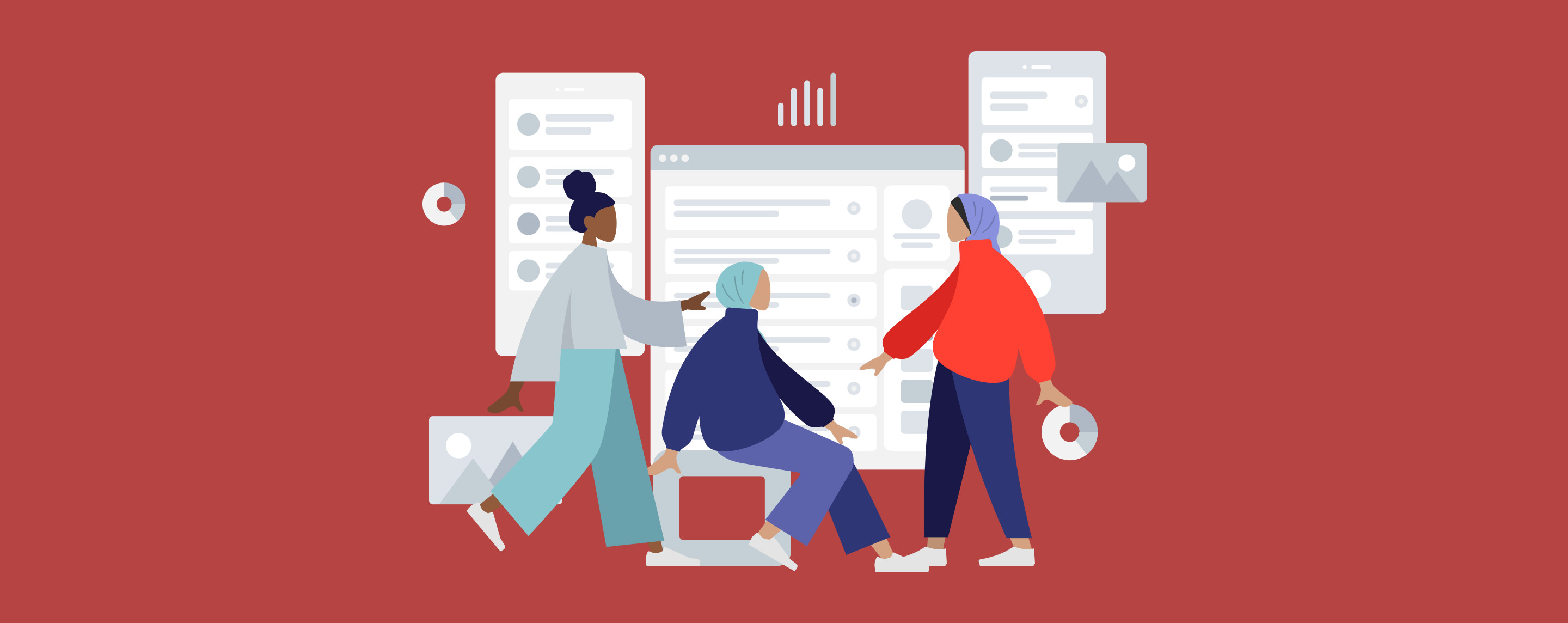How Much Money Do You Need to Start a Business?

Share this article:
Editor’s note: Lantern by SoFi seeks to provide content that is objective, independent and accurate. Writers are separate from our business operation and do not receive direct compensation from advertisers or partners. Read more about our Editorial Guidelines and How We Make Money.
7 Expenses to Consider When Starting a Business
1. Real Estate and Utilities
2. Equipment and Supplies
3. Licenses and Permits
4. Insurance
5. Inventory
6. Website and Technology
7. Advertising and Marketing
Calculating How Much It Costs to Start a Business
Sample Small Business Startup Costs Budget
One-Time Costs
Security deposit and first month’s rent $4,000 Utility deposits $500
Coffee prep and brewing equipment $2,000 Cups, mugs, dishes, bowls, utensils $500 Tables and chairs $2,000
Beverages $1,000 Food $1,000
Licenses and permits $500 Legal fees $500 Tech/software $1,000
Monthly Costs
Rent $2,000 Utilities $500 Property Insurance $250
Payroll $6,000 Payroll taxes $2,500 Health insurance $1,300
Accounting $450
Operational inventory $1,000 Office supplies $250
Digital advertisements $350 Promotions $450 Website upkeep $100
Liability insurance $400 Repairs/maintenance $200
Total Startup Costs Budget
When to Consider Small Business Loans
Term Business Loans
Online Loans
Small Business Administration (SBA) Loans
Covering a Wide Range of Startup Costs
Paying for Facilities and Capital Projects
The Takeaway
SOLC21002
About the Author
Kevin Brouillard is a Returned Peace Corps Volunteer, educator, and personal finance writer. His work has appeared in online publications such as Earth Island Journal, Jetsetter, Oyster.com, and Tripsavvy. Kevin covers an array of financial topics for SoFi, including loans for students and small businesses.
Share this article: